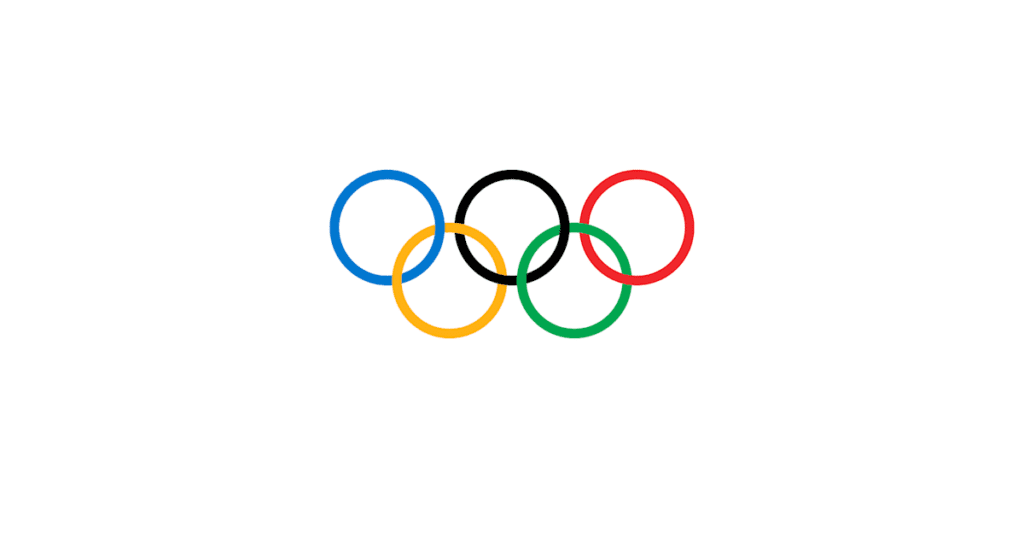Understanding Marathon Swimming: A Comprehensive Guide
Marathon swimming
The Unique Challenges of Open Water Swimming
Participants in marathon swimming must navigate unpredictable currents and occasionally engage in physical contact with fellow competitors. The nature of open water adds an extra layer of complexity, as swimmers must adeptly adjust to the shifting conditions while keeping their pace. Water stops are common, allowing athletes brief moments to refuel before continuing their grueling races.
Rich History of Marathon Swimming
The origins of marathon swimming can be traced back to Captain Matthew Webb, who famously became the first person to swim across the English Channel in 1875. This monumental feat showcased the potential of human endurance. Fast forward to 1926, the sport saw its first woman, Gertrude Ederle, complete the challenging swim between England and France.
Official Recognition and Growth in Competition
The sport continued to evolve when “open water” swimming was officially recognized as a discipline by World Aquatics (previously known as FINA) during the 1991 World Championships in Perth, Australia. Here, both men and women competed over a distance of 25km. It wasn’t until 2001 in Fukuoka, Japan, that the 10km marathon distance was introduced, further solidifying the sport’s standing.
Essential Rules of Marathon Swimming
All marathon swimming events must occur in natural bodies of water. The races feature a mass start, where competitors leap into the water simultaneously from a platform, creating a thrilling spectacle. Incidental contact between swimmers is an expected part of the competition, and participants wear wristbands called transponders to track their timing accurately.
Marathon Swimming at the Olympic Games
Marathon swimming made its official Olympic debut during the 2008 Beijing Games with a 10km race for both men and women. This introduction marked a significant milestone in the sport’s history. The Netherlands has emerged as a powerhouse in this discipline, boasting three Olympic gold medallists: Maarten van der Weijden (2008) and Sharon van Rouwendaal alongside Ferry Weertman (both in 2016).
Spotlight on Top Marathon Swimmers
As marathon swimming continues to gain popularity, several athletes have emerged as notable competitors. Sharon Van Rouwendaal, who narrowly lost her Olympic title in Tokyo 2020, remains a formidable force, having clinched gold at the 2022 World Championships. Her rivalry with Brazil’s Ana Marcela Cunha, the gold medalist at Tokyo, is noteworthy. In the men’s category, Germany’s Florian Wellbrock and Italy’s Gregorio Paltrinieri are standout athletes; both excelled in swimming and marathon swimming events, showcasing remarkable versatility.
Conclusion: Embracing the Spirit of Marathon Swimming
Marathon swimming is more than just a test of physical endurance; it embodies the spirit of determination and strategy. With its rich history and growing recognition at events like the Olympics, the sport is poised for continued popularity. For those interested in more about marathon swimming and its incredible athletes, you can explore [World Aquatics](https://www.worldaquatics.com) for additional insights and updates on upcoming competitions.
